Complete guide to the opportunities and challenges regional, all-electric flight
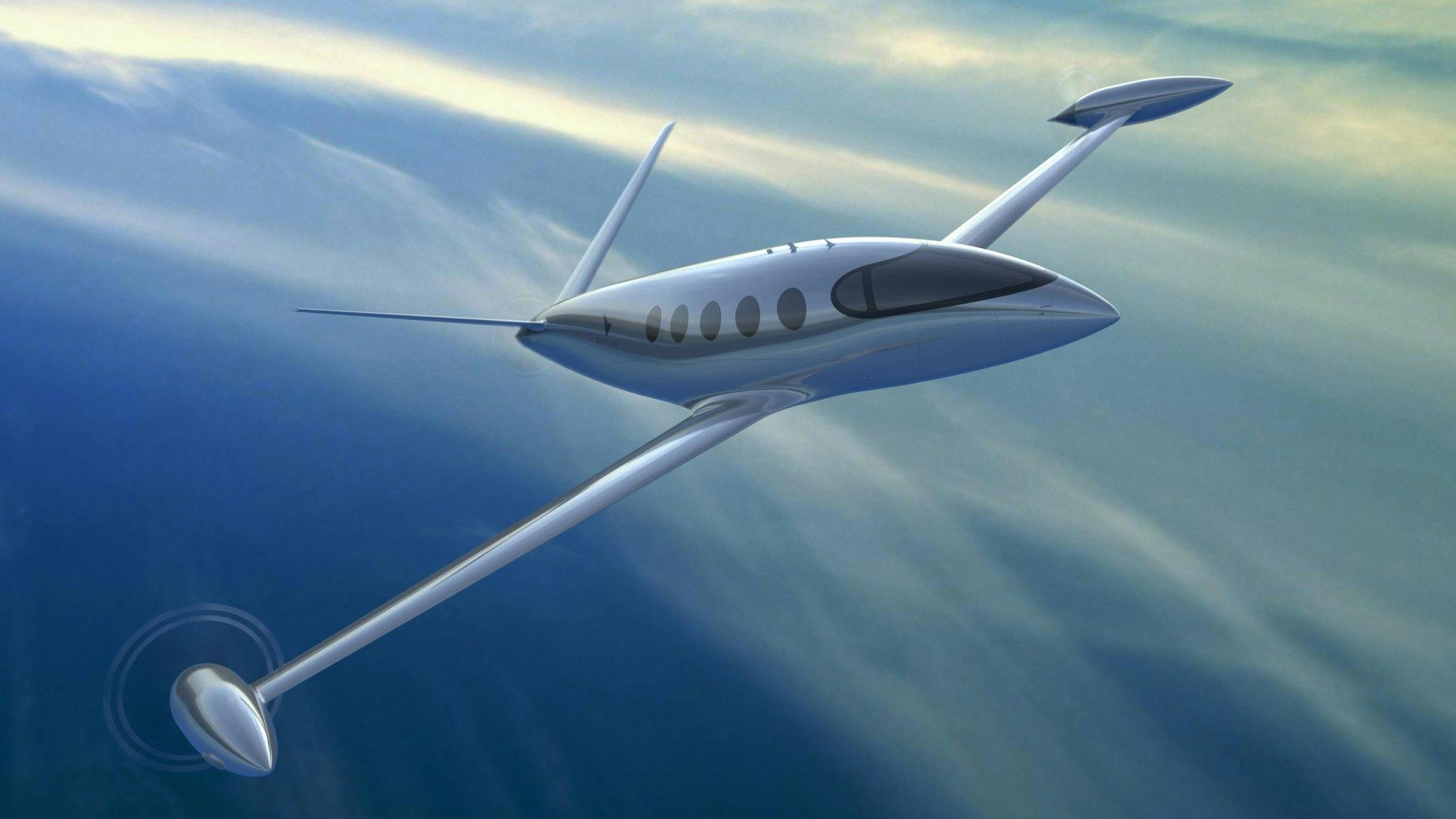
Blog
As world governments and environmental organizations push for greener transportation methods and more people want to take steps away from that devil oil, the question is raised: What about air travel? Currently, fossil-fuel based air travel accounts for about 3% of worldwide greenhouse-gas emissions. That may not sound like a lot in the grand scheme of things, but some estimates place that number at 25% within 20 years if demand continues to grow.
There’s enough interest in reducing air travel’s carbon footprint that startups in aviation and aerospace are taking note. Forward-thinking entrepreneurs and inventors envision a future where a large majority of regional air travel relies on fully electric aircraft. And if these planes can replace a significant amount of smog-belching, gasoline-burning cars and buses that are currently the only option in some locales, the planet will breathe even easier.
The public at large has embraced at least some form of electric flight. After all, you can’t swing a humanely anesthetized cat without hitting an electric personal drone these days, no matter how far out in the wilderness you are. And the potential environmental and energy efficiency payoffs are huge: MIT Technology Review reports, “The emissions reductions could be significant. A battery-powered plane charged with renewable energy could produce nearly 90% less in emissions than today’s planes that run on jet fuel. . . . (Remaining emissions are largely from producing the battery, which likely would need to be replaced each year for most planes.) Batteries are also an efficient way of using electricity. In an electric plane, about 70% of the energy used to charge up a battery would actually power the plane. There are some losses in the battery and in the motor, but this efficiency is high compared with other options being considered to decarbonize flight. With hydrogen and synthetic fuel, for example, efficiencies could be as low as 20 to 30%.”
However, as the electric personal air transportation (eVTOL) market has learned over the past 10 years, there are unique problems to be solved in electric air travel compared to ground vehicles, and the problems get exponentially nastier the more people want to fly together. Let’s go over the deets on this *ahem* weighty subject, and then we’ll discuss the key players in this burgeoning startup industry.
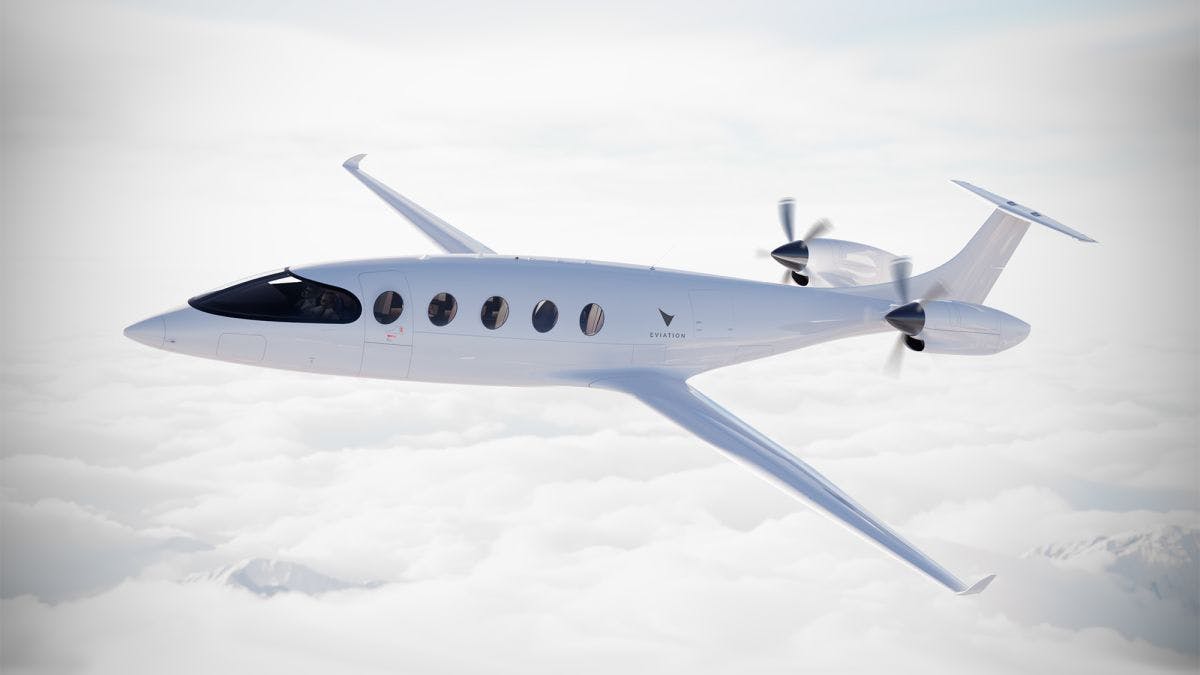
Challenges of fully electric flight: The issue of weight
Current battery technology has come a long way from just a few years ago. The energy density of modern lithium batteries is light-years ahead of those utilized by the first practical electric automobiles. You may be surprised to learn that, at the turn of the 20th century, 38% of American automobiles were powered by electricity, while only 22% were gasoline-powered. However, because these early electric cars had very low top speeds (15-20mph) and poor range (30-40 miles), while gasoline-powered automobiles kept improving in efficiency and lowering cost, the first golden age of electric personal vehicles had lost its spark by the 1930s.
But like the man said, everything old is new again. Due to drastic improvements in power and range, fully electric automobiles have become reasonably popular in limited use over the past 15 years, since the required battery capacity and weight doesn’t prevent a modern car from performing its primary function.
Example: A Tesla driving down an asphalt highway isn’t significantly restricted by its comparatively enormous weight. The Tesla Model S battery weighs around 1,200 lbs. The Model Y’s battery weighs about 1,700 lbs. Factors like aerodynamics, friction, heat loss, and rolling resistance come into play, but the bottom line is—if you drive carefully—one of these Teslas can take roughly 4 people approximately 400 miles before a recharge… which is comparable to the range of a traditional internal-combustion-engined (ICE) car. (You can fuel up the car in about 3 minutes and buy gasoline at just about every street corner, but that’s another issue.)
However, transporting a bunch of regional airline passengers and their luggage using only electricity is a tougher nut to crack. Electric trains are great for transporting a lot of people (plus the huge, heavy train) because the train can get its power from an electrified third rail when needed, or from overhead power lines. But a fully electric airplane needs to carry its batteries with it, unless you happen to have a 250-mile-long extension cord.
Smithsonian Air & Space Magazine points out that even in ultralight, one-person electric airplanes, the weight of the batteries can quickly overwhelm the capability of the aircraft. “A gasoline powerplant, with its fuel, accounts for about a quarter of an airplane’s takeoff weight. An electric powerplant is somewhat heavier to begin with; it adds 75 pounds to the weight of the [single-seater plane] because the batteries alone weigh 200 pounds. The big disadvantage is that the energy available from all those batteries is equivalent to only a couple of gallons of gasoline.”
Smithsonian Magazine says that the battery requirements to fly even super-short trips are pretty substantial. One leading design for a 30-passenger electric plane is powered by more than 5 tons of onboard lithium-ion batteries, and can only fly 124 miles on one charge. (Whether that claimed range includes passengers and baggage or not is unclear.) As you add more passengers with more baggage, you add more and more weight due to the batteries necessary for achieving practical regional air travel range. Soon you may have an aircraft that may be “green,” but might have an effective range of a couple dozen miles max. No bueno.
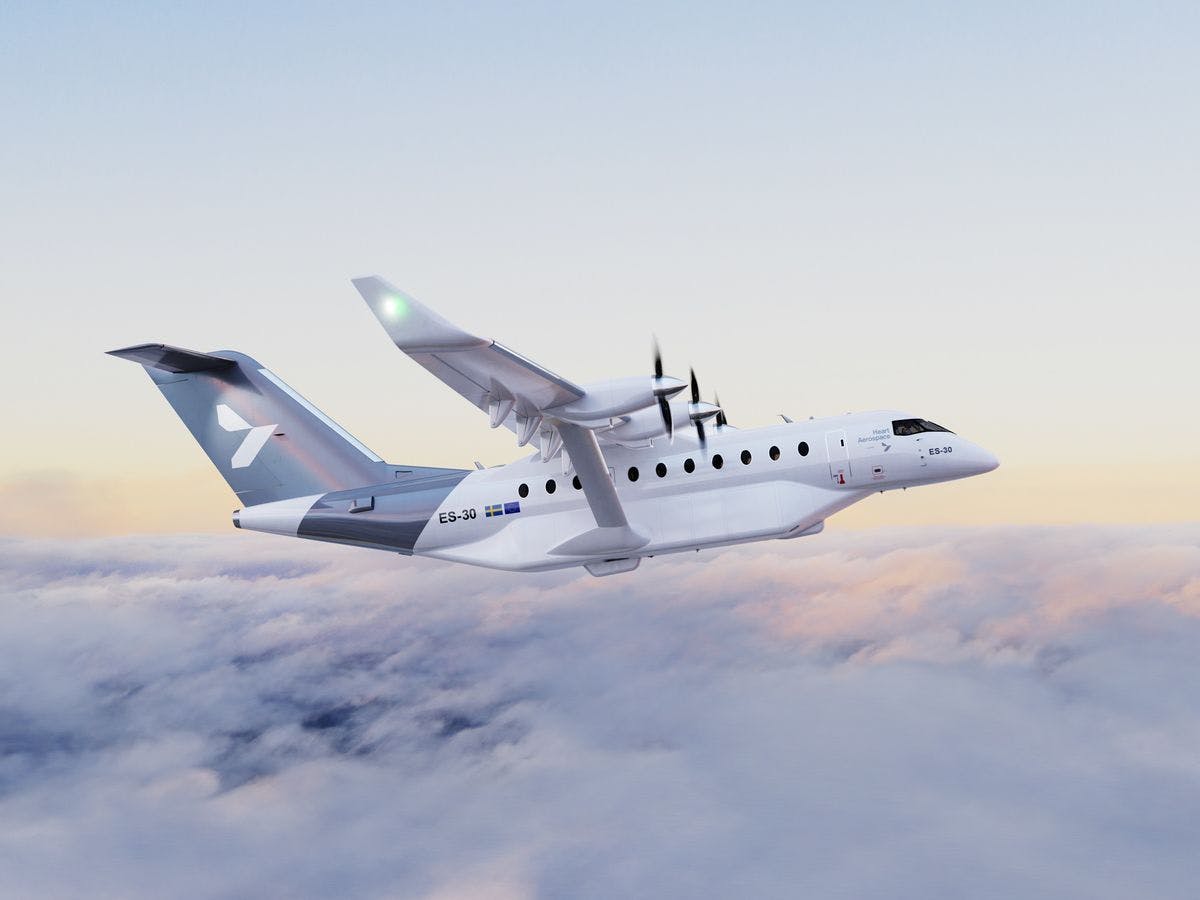
Can solar-powered airplanes bridge the gap?
An effective case study elaborating the current technological and capability gap—specifically between solar-electric flight and ICE-powered flight in this example—is to compare two round-the-world flight records completed within the past few decades.
The Rutan Voyager completed the world’s first non-stop, non-refueled flight around the globe on December 23, 1986. The honeycomb-structured airplane was effectively a flying gas can, but Rutan’s team and Voyager’s 2 pilots proved it was possible to fly all the way around the world without landing, and without refueling, if you use an ICE-engined aircraft. The journey took 9 days.
By comparison, thirty years later on July 26, 2016, Solar Impulse 2 completed its solar-powered circumnavigation of the globe. The trip lasted 14 months and the plane had to make 16 stops.
While it’s possible that future electric commuter aircraft may employ photo-sensitive solar cells in their exterior surfaces, the fact is that today’s solar technology simply isn’t there yet.
This is not to say that electric and solar-electric flight are dead on the tarmac. Aerospace has a long history of innovations bleeding over into other technologies. Smithsonian Magazine reports the need for ultra-light carbon fiber construction of Solar Impulse 2 spurred scientists to develop novel glue methods, and the cockpit insulation is planned to be used in more efficient refrigerators. The plane’s high-efficiency engine technology is being worked into ceiling fans that consume 75% less electricity.
According to Smithsonian, “The Solar Impulse team did make important contributions to aviation. Many aviation companies—including AirBus, Boeing and Siemens—have recently announced development projects for electric or hybrid systems to reduce emissions of future flights. While some of these efforts began before Solar Impulse took to the skies, the trip drew attention and inspiration to the burgeoning field.”
This type of necessity-sparked innovation in aviation and aerospace is continual, and the current need for lighter, more efficient, more power-dense batteries to enable practical, full-electric flight is doubtless going to spur huge strides in battery technology.
Let’s go over some of the key players working toward practical, regional electric flight.
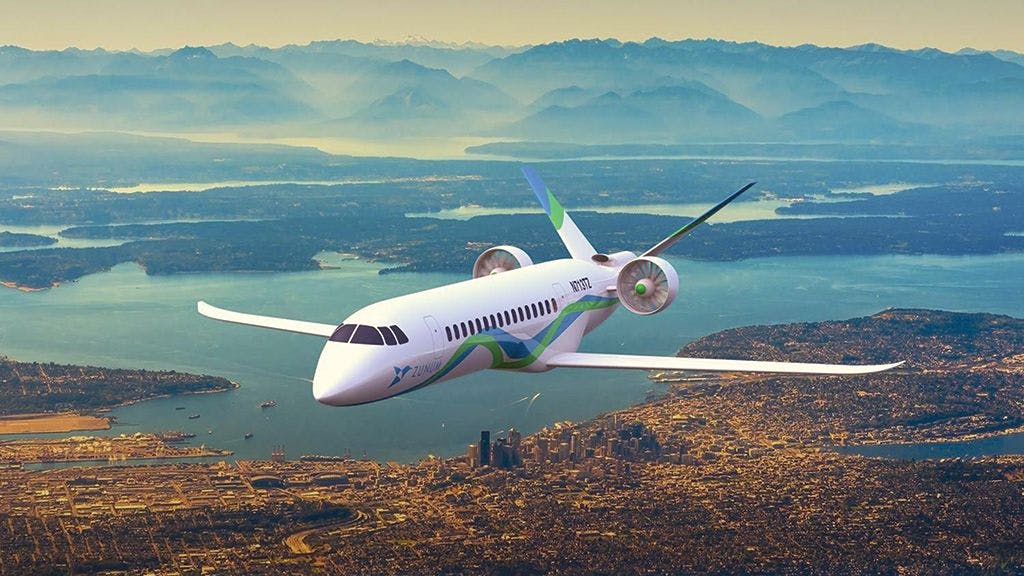
Electric flight companies at the forefront today
Heart Aerospace
Sweden-based Heart Aerospace seems to have caught the imagination of the press, along with some big players in the airline game. The Washington Post reported in September 2022, “A handful of airlines, including United, Mesa and Air Canada have started putting orders in for a battery-operated aircraft called the Heart Aerospace ES-30. The Swedish-made four-propeller, battery-powered plane seats up to 30 people and could fly short-haul routes such as Palm Springs to Los Angeles or Denver to Aspen without emitting any carbon. It’s slated to be in the air by 2028.”
MIT Technology Review’s report from just a month earlier is a little different on the details: “[Heart Aerospace’s] 19-seat planes will start flight tests in 2024 and could be flying commercially by 2026, according to CEO Anders Forslund.”
According to Heart, their ES-30 aims to have a 200km/125mi all-electric range, but will have backup “Reserve-Hybrid Turbogenerators.” They also claim a 30-minute fast-charge turnaround time. Now THAT we’d like to see.
Wright Electric
In America, it’s go big or go home, and Wright Electric came out of the gate with some strong claims. Smithsonian reports: “Los Angeles-based Wright Electric, for instance, is developing a 186-seat commercial jet with an 800-mile range that executives say will be available starting in 2030; the company is also working on an electric 100-seat plane that’s due out in 2027.”
Wright says, “Wright will use 10 2MW motors on its Wright 1 aircraft - that's a total of 20 MW, which is as powerful as an A320 Airbus aircraft.” Wright also claims its motor has “10kW/kg specific power - a 2x improvement compared to available aircraft propulsion motors.”
Wright is initially shooting for the 1-hour flight market, which they say are the “world’s busiest passenger routes”: Along the lines of London - Paris, New York - Boston, or Los Angeles - San Francisco.
If they can nail that market and come through with their “electric jet,” they could really have a shot at changing the way people think about flying.
Eviation / Alice Electric
Eviation has a sleek design for a 9-passenger commuter/executive/cargo aircraft, powered by 2 650kW propeller engines mounted to the rear of the fuselage. “Target specifications” include a 2,500 payload, 440 nautical mile range, and a max cruise speed of 250 knots.
With a 9-passenger cabin, we’re betting that the tickets aren’t going to be super budget-friendly to start, but CleanTechnica reports that GlobalX Airlines has ordered 50 Alice planes, and plans new routes in Florida, the Bahamas, and the Caribbean. Aircraft are scheduled for delivery in 2027. Since the battery power and range requirements for a smaller, 9-passenger “puddle jumper” aircraft are a lot less than for, say, a 30 or 100-passenger regional airliner, we’re betting this particular concept has a pretty good chance of success… eventually.
magniX
The Alice aircraft mentioned above is powered by electric propulsion units (EPU) designed and built by magniX, a née-Austrailan-now-Seattle-based firm dedicated to what it calls “real-world applications” for electric flight. MagniX has been hitting some impressive milestones of late, retrofitting and successfully flying a Cessna Grand Caravan (claimed to be the largest flying fully electric airplane at the time), a de Havilland Canada DHC-2 Beaver floatplane, and even a Robinson 44 Helicopter, all powered by magniX EPUs.
The firm has won several awards for innovation, and was a 2020 finalist for the National Aeronautic Association’s Collier Trophy, considered the highest award in Aviation. Utilizing existing, proven aircraft as testbeds for its EPUs is not only practical and cost-effective, but it also shows the aviation world that electric powerplants have the capability to replace aircraft ICE systems directly for short flights. As the battery capabilities improve, more and more ICE planes might be retrofitted with EPUs and make personal or small commercial regional electric flight a reality.
MagniX says, “With high levels of reliability, unparalleled performance and operational practicality, magniX EPUs can work with multiple sources of energy including batteries, fuel cells and more.” That versatility and focus on practical, real-world applications is likely to bring success, in our view. The company is currently working to achieve full (non-experimental) certification with the FAA.
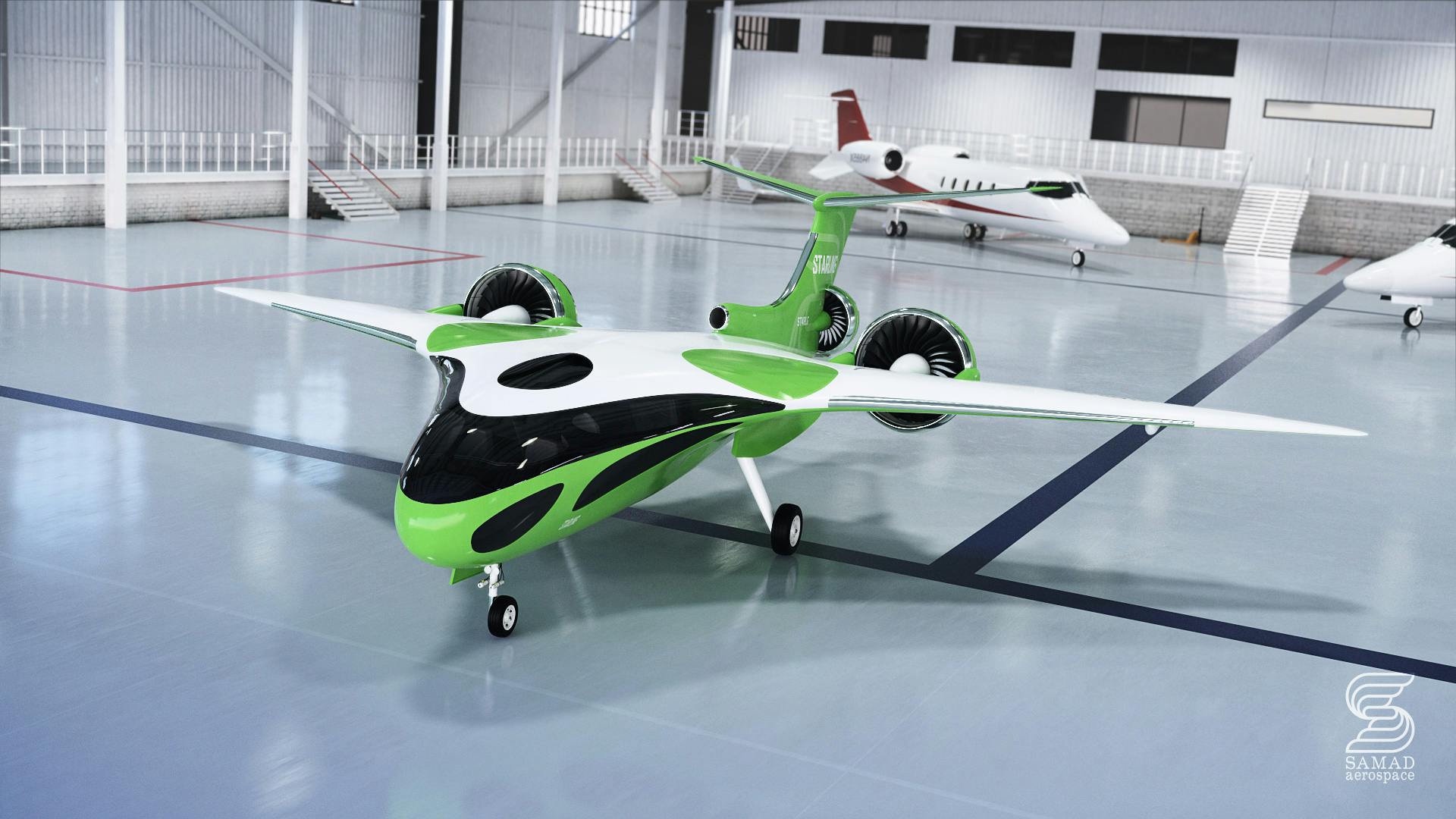
The bottom line: Batteries aren’t quite ready for takeoff yet (but maybe very soon!)
Technology Review’s August 2022 article puts it succinctly thus: “The problem is that today’s electric aircraft could safely carry you and about a dozen fellow passengers only around 30 miles, according to a recent analysis. The limiting factor is the battery, in particular the amount of energy that can be stored in a small space. If you’ve folded your legs into a cramped window seat or been charged extra for overweight luggage, you’re probably familiar with the intense space and weight constraints on planes. Today’s batteries don’t have the energy density necessary to power anything but the lightest planes. And even for those, the trip will be about as far as a long bike ride.”
Smithsonian echoes, “It’s really on batteries—developing ones that are powerful, durable, and not prone to burst into flame if mistreated—that the future of electric airplanes hangs.”
MIT cites a recent report by the International Council on Clean Transportation (ICCT), in which transportation analyst Jayant Mukhopadhaya and his colleagues found that the range of electric aircraft would be severely limited with existing energy storage technology. “We were surprised by how terrible the range was, frankly,” Mukhopadhaya said. “Using estimates for current battery densities and plane weight restrictions, the analysts estimated that [the] 19-seat battery-powered aircraft would have a maximum cruise range of about 260 km (160 miles), significantly less than the company’s claim of 250 miles.”
Air travel comes with additional safety requirements as well, compared to ground-based EVs. MIT says, “Reserve requirements could severely limit the true range of electric planes. A plane needs extra capacity to circle the airport for 30 minutes in case it can’t land right away, and it must also be able to reach an alternative airport 100 km (60 miles) away in an emergency. When you take all that into account, the usable range of a 19-seat plane goes from about 160 miles to about 30 miles. For a larger aircraft like the 100-seat planes that Wright is building, it’s less than six miles.” Yeeouch.
As an example of the terrific challenges faced by the industry seeking full-electric flight, consider the Airbus E-Fan X project. It was more of a technological showcase and publicity tool than an actual full-electric aircraft, but the mid-to-late 2010s it looked like it was going to happen. Airbus planned to replace one of the jet engines on a 4-engined demonstrator aircraft with a 2MW electric motor, scheduled for flight in 2021. However, after weighing all the numbers, even aviation industry giants like Rolls-Royce and Airbus couldn’t pull it off, and the project was tabled in 2020.
Smithsonian cites Peter Wilson, an electronics and systems engineering professor at the University of Bath, as saying, “[These] technologies still likely require decades of testing and development to reach to commercial scale,” with the primary limitation of fully electric, practical, regional flight being battery storage.
MIT agrees: “According to the ICCT analysis, batteries would need to basically double in energy density to enable the short routes that startups are aiming for. That improvement likely approaches the limit of lithium-ion batteries, which are used today for EVs and consumer electronics. Even with this sort of progress, electric aircraft could only displace enough aircraft to cut less than 1% of emissions from the aviation industry by 2050. In order for electric planes to play a more significant role in decarbonizing air travel, energy density may need to quadruple. . . .This could require novel types of batteries to reach commercialization.”
Whether these future breakthroughs in energy-dense batteries enabling fully electric regional flight come from aerospace innovators, green ground transportation gurus, or a seemingly unrelated commercial/tech sector, we’re excited to see how these problems are solved. Now, someone please start working on a comfortable airline seat.
–By Jeff Davis, Intergalactic Scribe
Sources:
https://www.technologyreview.com/2022/08/17/1058013/electric-planes-taking-off-challenges/
https://www.smithsonianmag.com/innovation/inside-first-solar-powered-flight-around-world-180968000/
https://www.smithsonianmag.com/smart-news/electric-planes-are-taking-flight-180980821/
https://www.washingtonpost.com/technology/2022/09/21/electric-plane-heart-aerospace-es-30/